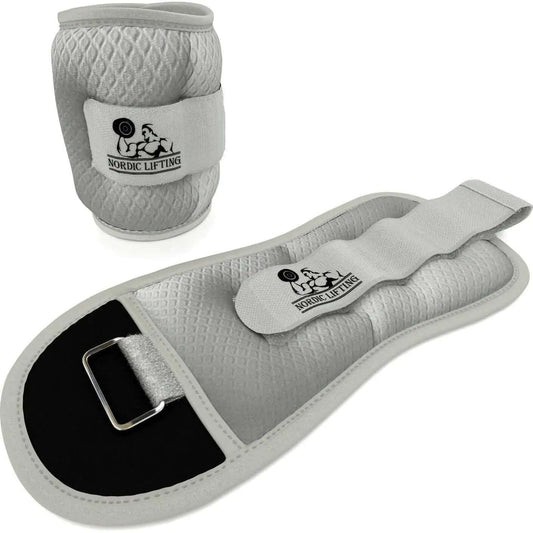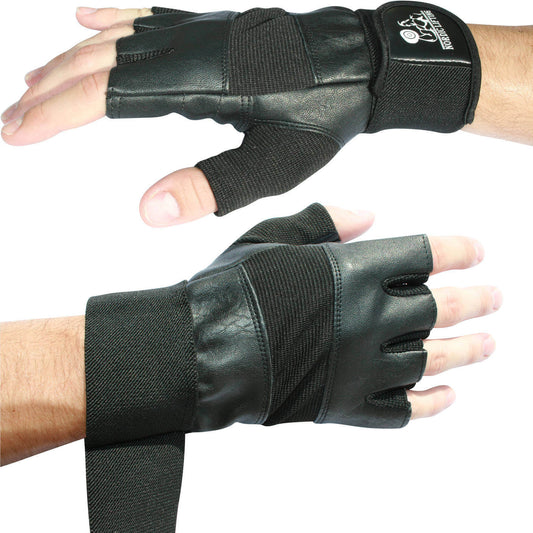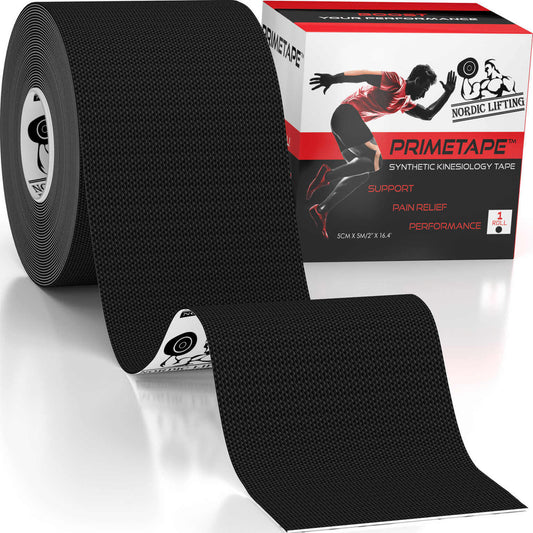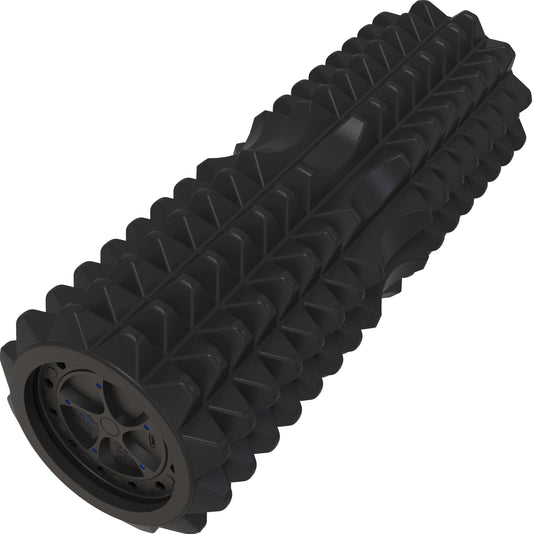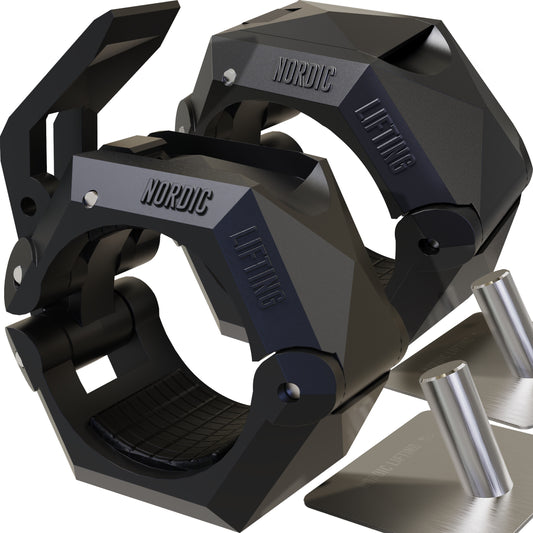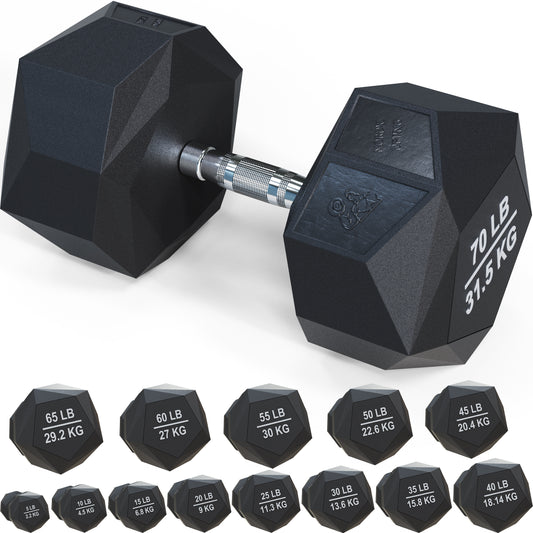Powerlifting shoes play a crucial role in a lifter's performance. The right footwear can enhance stability, support, and power transfer, helping athletes lift heavier weights safely and effectively. Choosing the right shoes may seem trivial, but it can make a noticeable difference in how one lifts.
In this article, readers will discover the specific benefits and features of powerlifting shoes. From understanding different types of shoes to knowing what features to look for, this guide will help athletes from beginners to advanced levels make informed decisions for their training and competitions.
Exploring the importance of proper footwear will not only clarify its role in powerlifting but also guide lifters on how to select the best option for their needs. The right choice can elevate their lifting experience and overall performance in the sport.
Key Takeaways
- Proper footwear is essential for optimal performance in powerlifting.
- Different types of shoes are designed to suit various lifting styles and needs.
- Selecting the right pair can significantly impact safety and effectiveness during a lift.
The Role of Footwear in Powerlifting
Footwear plays a crucial role in powerlifting, impacting stability, support, and overall lifting mechanics. The right shoes can enhance performance by improving grip, power transfer, and individual lifting form.
Understanding Stability and Form
Stability is vital in powerlifting for maintaining proper form during lifts. Weight lifting shoes are designed to provide a solid base, reducing unwanted movement. This stability helps lifters maintain better posture during exercises like squats and deadlifts.
A raised heel in lifting shoes improves squat mechanics by allowing greater ankle mobility. By positioning the foot higher, it encourages proper knee tracking over the toes. This modification leads to safer and more effective lifts, minimizing injury risk.
The Importance of Support and Grip
Support is a crucial feature of powerlifting shoes. Proper ankle and foot support allow for solid power transfer during lifts. Many lifting shoes come with midfoot straps that provide added security, helping the foot stay locked in place.
Grip is equally important in powerlifting. The sole material is typically designed for maximum traction on the lifting surface. This increased grip helps lifters feel more connected to the ground, enabling them to exert force effectively during lifts.
Heel Height and Power Transfer
Heel height significantly affects power transfer during lifts. Most lifting shoes have an elevated heel, ranging from 0.5 to 1 inch. This design helps maintain an optimal angle for powerlifting movements.
With a raised heel, the lifter can access deeper positions during squats, enhancing strength potential. The elevation aids in transferring power efficiently through the kinetic chain, from the feet to the barbell. For those focused on improving their lifts, choosing the right heel height is essential for maximizing performance.
Types of Shoes Used in Powerlifting
When it comes to powerlifting, choosing the right shoes is crucial for performance and safety. Different types of shoes serve various functions, each designed to enhance specific lifts such as squats and deadlifts. Understanding these differences helps lifters select the best footwear for their needs.
Differences Between Powerlifting and Weightlifting Shoes
Powerlifting shoes and weightlifting shoes have distinct designs tailored to their respective sports. Powerlifting shoes are typically flat or feature a slight raised heel. This design provides stability during heavy lifts like squats and deadlifts. On the other hand, weightlifting shoes have a more elevated heel, which aids in deeper squats by allowing for better ankle mobility.
Powerlifting shoes often have a hard sole for maximum power transfer. Many lifters prefer them for their sturdiness during heavy lifts. Weightlifting shoes prioritize grip and support, helping athletes maintain balance in Olympic lifts.
The Debate: Flat Shoes vs. Elevated Heels
The choice between flat shoes and elevated heel shoes often sparks debate among powerlifters. Flat shoes provide a stable base. They allow lifters to feel more connected to the ground, especially beneficial during deadlifts. Deadlift slippers, a type of flat shoe, are lightweight and offer minimal cushioning.
Conversely, elevated heel shoes, often used in squats, help lifters achieve a more upright position. This aids in proper form, especially for those with limited ankle mobility. Squat shoes with a raised heel can enhance positioning, making them popular among competitive lifters.
Each type of shoe has its place in powerlifting. Lifters must consider their individual needs and lifting style when making a decision.
Selecting the Right Powerlifting Shoes
Choosing the ideal powerlifting shoes can greatly influence performance and safety. Key aspects include specific features that enhance stability and training goals, as well as options from trusted brands known for durability.
Key Features to Consider
When selecting powerlifting shoes, durability and performance are vital. Look for shoes with a stiff sole, which provides maximal stability during heavy lifts. A flat base helps maintain contact with the ground, allowing for better force transfer.
Heel height is another critical factor. Elevated heels can assist in achieving a more vertical torso position during deep squats. Shoes with a heel height between 0.5 to 1 inch are favorable for Olympic lifts.
Material quality impacts longevity. Shoes made from breathable materials can help during intense training sessions, while rubber outsoles offer traction and durability.
Addressing Mobility Issues and Training Goals
For lifters with mobility challenges, selecting shoes that enhance comfort and support is crucial. Heels that elevate can assist those struggling with deep squat positions, promoting better lifting mechanics.
Training goals can vary. Athletes focused on competitive powerlifting may benefit from shoes designed specifically for stability and support during maximal lifts. In contrast, those looking to improve general fitness can opt for lighter training shoes that provide flexibility and ease of movement.
Choosing shoes tailored to specific training needs can significantly reduce injury risk and improve performance, ultimately leading to more effective training sessions.
Incorporating Shoes into Training and Competition
Using the right shoes during training and competition can significantly impact technique and performance. Proper footwear helps enhance lifts while reducing injury risks. Understanding how to incorporate these shoes effectively is crucial for lifters.
Technique Enhancement and Injury Prevention
Powerlifting shoes provide a stable base, which is essential for a solid lifting technique. The elevated heel helps in maintaining an upright posture during squats. This position reduces strain on the back and promotes better alignment of the hips and knees.
Proper footwear also minimizes injury risks by offering additional support during heavy lifts. For example, shoes designed for powerlifting often have a firm sole that prevents excessive movement. This stability can be vital during complex lifts such as the squat and deadlift, where imbalance can lead to injury.
For those transitioning from regular or cross-training shoes, it is essential to notice the difference in support and grip. Lifters may find that using powerlifting shoes can lead to a more confident lift, which can further enhance their overall technique.
Comparison with Other Athletic Footwear
When comparing powerlifting shoes to other footwear options like running shoes or regular shoes, key differences emerge. Running shoes are designed for cushioning and movement, which reduces stability for lifting. This can compromise technique and increase injury risks during heavy lifts.
Cross-training shoes offer slightly more support than running shoes but still fall short of powerlifting shoes. They are versatile for various workouts, but the lack of an elevated heel and rigid sole may hinder performance in heavy squats and deadlifts.
Conversely, powerlifting shoes have a unique construction tailored for strength training, offering improvements in vertical lifting movements. The firm soles and specific heel elevation empower lifters to achieve optimal angles for squats and deadlifts. Investing in the right footwear can thus enhance both training outcomes and competition performance.
Frequently Asked Questions
Powerlifting shoes offer unique advantages that can enhance performance and support during lifts. They are designed with specific features that promote stability and efficiency. Below are common questions regarding their benefits and characteristics.
What advantages do powerlifting shoes offer compared to regular athletic footwear?
Powerlifting shoes provide a flat and stable base that is crucial for heavy lifting. Unlike regular athletic shoes, they have a raised heel which helps in achieving better squat depth. This design allows for improved balance and force transfer during lifts.
Can wearing powerlifting shoes improve your performance in key lifts?
Yes, wearing powerlifting shoes can enhance performance in squats, deadlifts, and bench presses. The stability and support they offer allow lifters to focus on their form, which can lead to increased weights lifted and improved technique during training and competitions.
What features should you look for when choosing the best powerlifting shoes?
When selecting powerlifting shoes, look for a solid sole for optimal grip and power transfer. Additional features may include a raised heel for better positioning and midfoot straps for enhanced support. Fit and comfort are also important to ensure stability during lifts, and Nordic's powerlifting shoes is the perfect one.
Are there any drawbacks to using powerlifting shoes during workouts?
Some lifters may find powerlifting shoes less versatile than regular trainers, limiting their use for other workouts. Additionally, there may be a break-in period before the shoes feel comfortable. This might discourage some athletes from consistently using them.
How does powerlifting shoe design contribute to stability and lifting efficiency?
Powerlifting shoes are designed with a rigid sole that minimizes flex, promoting a stable lifting platform. The elevated heel aids in maintaining an upright torso during squats, allowing for better weight distribution. This design contributes to improved lifting efficiency and performance during heavy lifts.
Is training barefoot a better alternative to wearing powerlifting shoes for deadlifts?
Training barefoot can help some lifters develop better foot and ankle strength. However, it may not provide the same level of stability and support found in powerlifting shoes.







